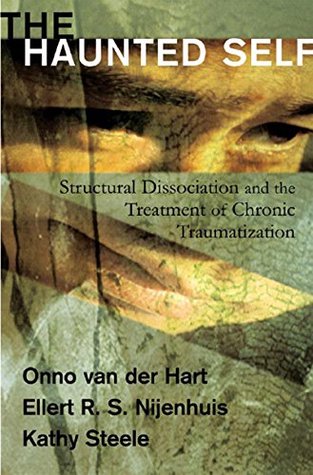More on this book
Kindle Notes & Highlights
Read between
December 18, 2023 - January 3, 2024
Structural dissociation is a particular organization in which different psychobiological subsystems of the personality are unduly rigid and closed to each other. These features lead to a lack of coherence and coordination within the survivor’s personality as a whole.
Trauma-related structural dissociation, then, is a deficiency in the cohesiveness and flexibility of the personality structure (Resch, 2004). This deficiency does not mean that the personality is completely split into different “systems of ideas and functions,” but rather that there is a lack of cohesion and coordination among these systems that comprise the survivor’s personality.
2000). This dissociation involves the coexistence of and alternation between a so-called Apparently Normal [Part of the] Personality (ANP) and a so-called Emotional [Part of the] Personality (EP). Throughout the book we will refer to these prototypical parts as ANP and EP. Survivors as ANP are fixated in trying to go on with normal life, thus are directed by action systems for daily life (e.g., exploration, caretaking, attachment), while avoiding traumatic memories. As EP, they are fixated in the action system (e.g., defense, sexuality) or subsystems (e.g., hypervigilance, flight, fight) that
...more
“apparently normal part of the personality (ANP)” and “emotional part of the personality (EP)” to denote these different kinds of psychobiological systems.


